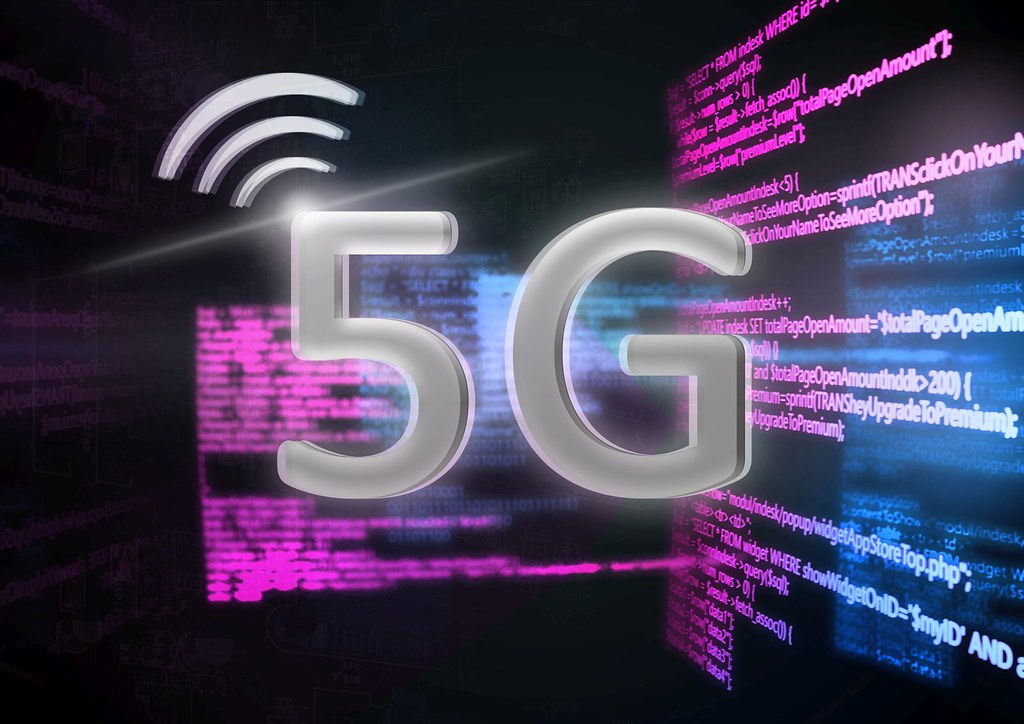The mobile industry is one of constant evolution, where nothing remains stagnant and progress means pushing the envelope. With each new year, this brings updates which not only change the shape of mobiles but of communications as a whole. Among the biggest changes which we expect this year are those of 5G and HTML adoption, but what do these mean, and what can the average user expect to gain?
“5G Funkstandard mit Schein und Funksymbo“ (CC BY-SA 2.0) by Christoph Scholz
5G, the worldwide upgrade to 4G, is effectively the next step up in communications speed and responsiveness when it comes to data transmission. This occurs on two fronts, that of bandwidth and that of latency.
Bandwidth is the amount of data which can travel through a connection at one point of time. Higher bandwidth means larger transfers in the same amount of time. In real terms, this means higher download speeds and a greater ability to stream video data without the need for buffering or lower resolution.
Latency is the speed at which a server and the mobile device respond to each other. You would have felt the pain of high latency before, with websites which take a long period of time to respond after a connection is attempted, and this is the issue which 5G improvements to latency seek to mitigate. It should be noted that this will not eliminate the problem entirely, as slow website speeds will always be a problem, but it will at least reduce the issues on the mobile side of the equation.
HTML5, like 5G, stands as the latest iteration to an established system. This development occurs on the coding part of the equation, as HTML is the basis for which websites operate. Through websites adopting this newer technology, they give customers a variety of improvements to quality of life issues, with the most applicable to us being mobile interpretation.
“DSC_0017“ (CC BY 2.0) by slavik_V
Again, chances are you would have come across these issues when accessing some mobile websites in that some were not properly formatted. Text may be misaligned, tables may not work, or a whole host of other issues could prevent the page from working as designed. HTML5 allows easier translation between desktop and mobile versions, lessening the common issues which frustrate us.
The other end of this is better media inclusion on web pages. Videos embedded on web pages will now operate better, with the likes of news and entertainment services requiring fewer apps and more direct access. This extends as far as games websites like those of Kongregate or on online casino sites, which generally host enormous quantities of slot and table games. As well as this, many sites offer numerous welcome bonuses and free spins, such as the Pala Casino Bonus US, which all rely on faster connectivity and HTML5 to be accessible. Now without necessarily requiring an app and giving improved access, this makes them more convenient than ever before.
As for when we should expect to see these developments start to affect the average user, that depends on your area and the websites you use. Infrastructure upgrades of this magnitude may not always be quick, easy, or cheap, but rest assured that by the end of 2019, a great deal more will have entered this new world of user-convenience.








